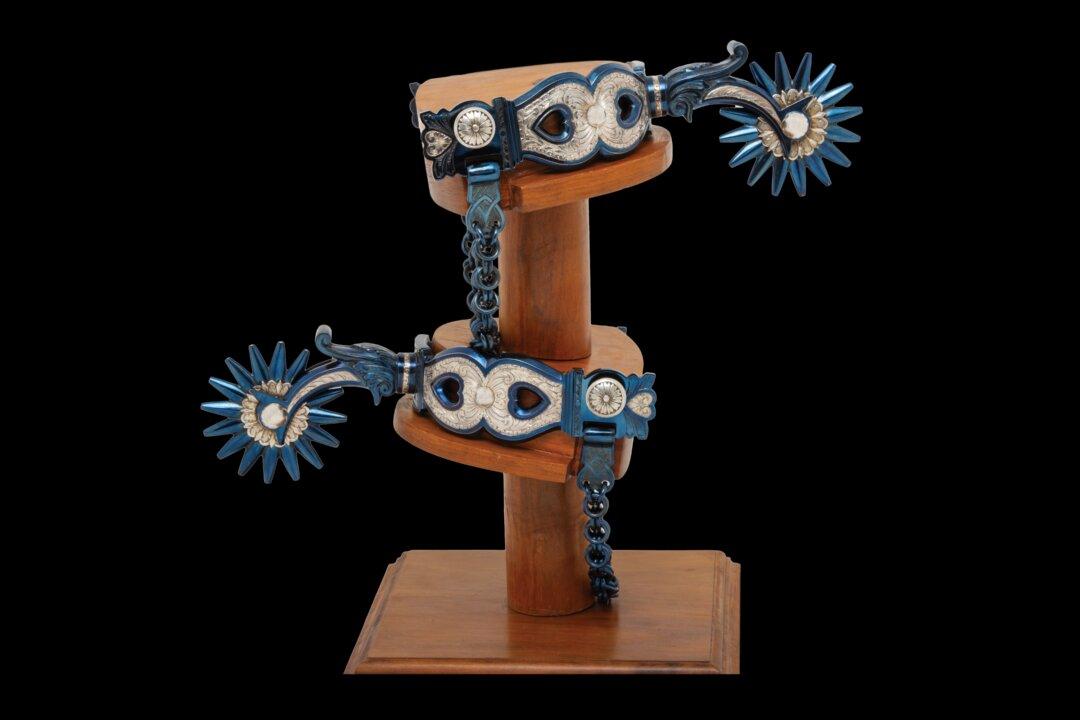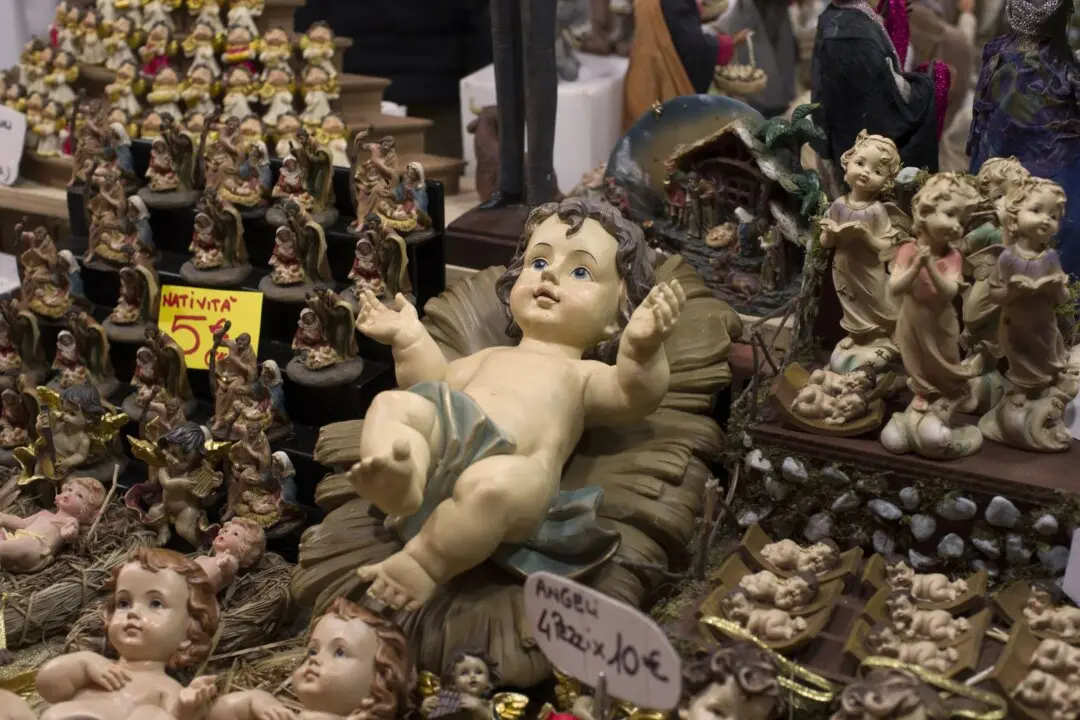On the Bighorn River, just outside Lovell in northwest Wyoming, you’ll find bit and spur maker Ernie Marsh’s studio. For over 30 years, Mr. Marsh has been mastering his trade and upholding the centuries-old tradition that great cowboy craftsmen have taught him over the decades.
According to the Western Folklife Center, Mr. Marsh’s interest in cowboy craftsmanship came from working at the 6-Prong Ranch in southwest Washington. He’d seen the fine workmanship of his peers’ ranching equipment and he wanted to learn how to replicate it.






